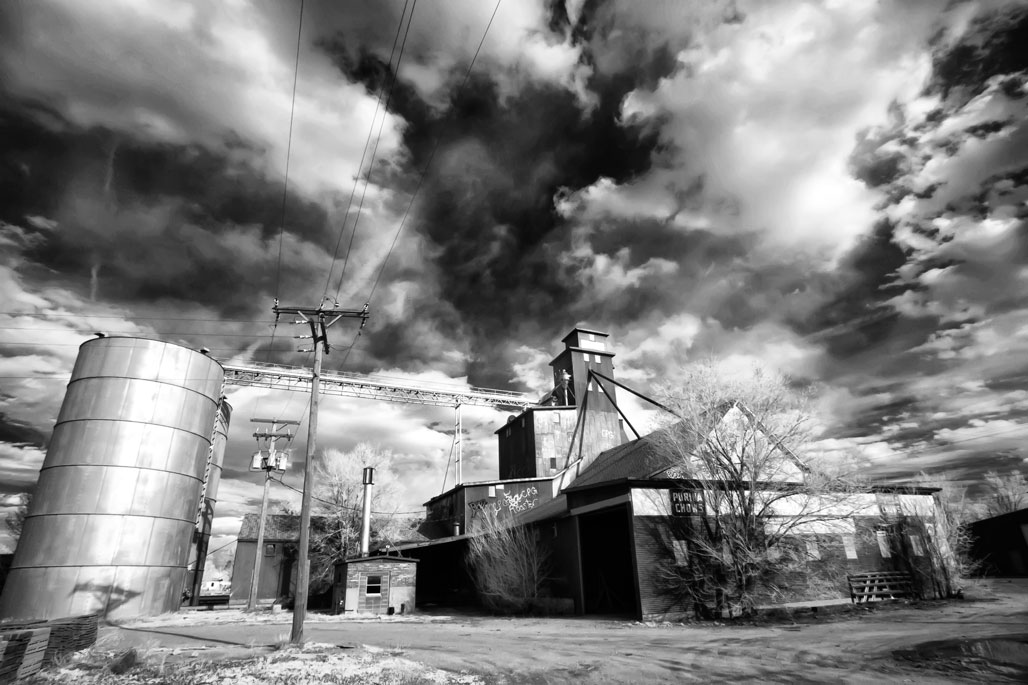Today’s Post by Joe Farace
“And the wide-angle (lens) meant poor depth of field.”—Peter Robinson, in his book Not Dark Yet.
Mr. Robinson is a widely respected UK-based writer of mystery novels but I’m sorry Peter, a wide angle lens means that you will have more depth-of-field, not less. Don’t you hate it when novelists get details wrong? In my experience, it seems as if more than a few fiction writers are always getting specifics about cars and guns wrong. I know very little about guns but enough to spot errors in a detective or mystery novel that should, of all things, get guns right.
Novelists often get photography wrong too it seems. And don’t get me started on the sloppy way book designers handle widows and orphans* these days. It also seems that the more famous and best selling an author is, the less likely the publisher bothers to copy edit, fact check or even spell check them! Yet, Mr. Robinson, thanks his copy editor by name in the back of Not Dark Yet, an otherwise interesting thriller.
Depth-of-Field
If you’re new to the concept of depth-of-field, here are a few basics to keep in mind: When focusing a lens—or if the camera is doing it—on a specific subject, all of the subject matter that lay on that plane of focus (at that distance) are critically sharp. Objects that are not on the same plane of focus are theoretically out of focus but in reality there is a range of acceptable sharpness. And that’s where depth-of-field comes into play.

How I made this photograph: The camera used was a Canon EOS Digital Rebel Xti that was converted for infrared capture by LifePixel using their Standard IR filter ( 720nm.) The lens used was Tamron’s AF 11-18mm f/4.5-5.6 Di-II (at 11mm) with an exposure of 1/80 sec at f/16 and ISO 400. The choice of the aperture and focal length produces lots of depth-of-field.
That’s because at typical shooting distances, one-third of the area that lies in front of the plane of critical focus and two-thirds behind it are (again) theoretically in focus. This total area is called depth-of-field which will vary depending on a lens’s focal length, the distance from the camera to the subject and the aperture used. Using a lens with a wider angle-of-view increases the apparent depth-of-field while using a longer focal length lens decreases it.
Depth-of-field is aperture dependent too. The old rule of thumb being that as the aperture size decreases, the depth-of-field increases and vice versa when aperture size increases, the depth-of-field decreases along with the total area of acceptable sharpness. Increasing a photograph’s depth-of-field also increases the apparent level of sharpness by including more objects in the scene that appear as acceptably sharp.
My personal rule for landscape photography was to always use a small aperture to produce the greatest amount of depth-of-field. But not too small. Using really small apertures can produce diffraction. As a lens is stopped down, lens aberration control improves; but the effects of diffraction increase. Diffraction is not a lens aberration or a manufacturing defect: It is an unavoidable consequence of the physics of light.Maybe I need to do a deep dive on this subject in an upcoming post. If you would like me to do that, drop me an email via CONTACT.
Using smaller apertures also means that because of the slow shutter speeds that are produced when shooting at smaller apertures you may have to use a tripod to steady your camera. If you have time, please read my linked post Four Reasons to Use a Tripod. Working with a tripod also enforces a slower more deliberate approach to composing images, so a side benefit is that the composition of your image may be a little stronger as a result.
